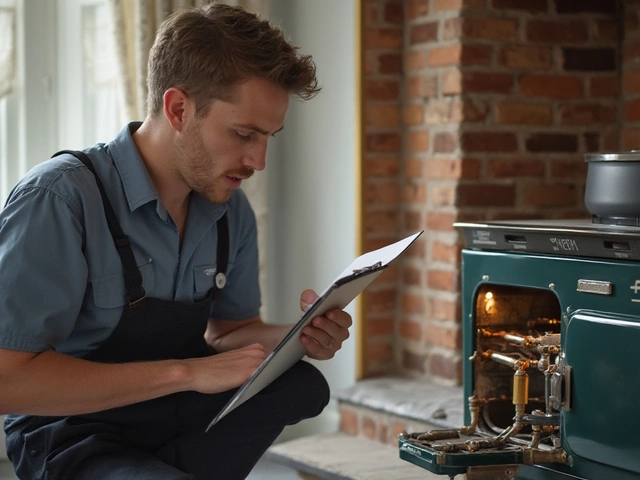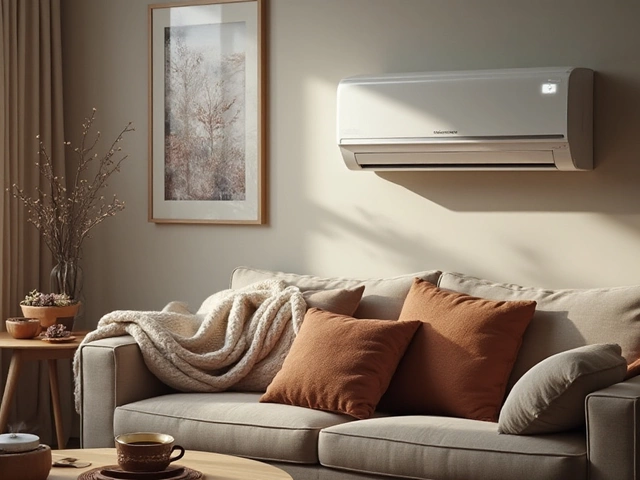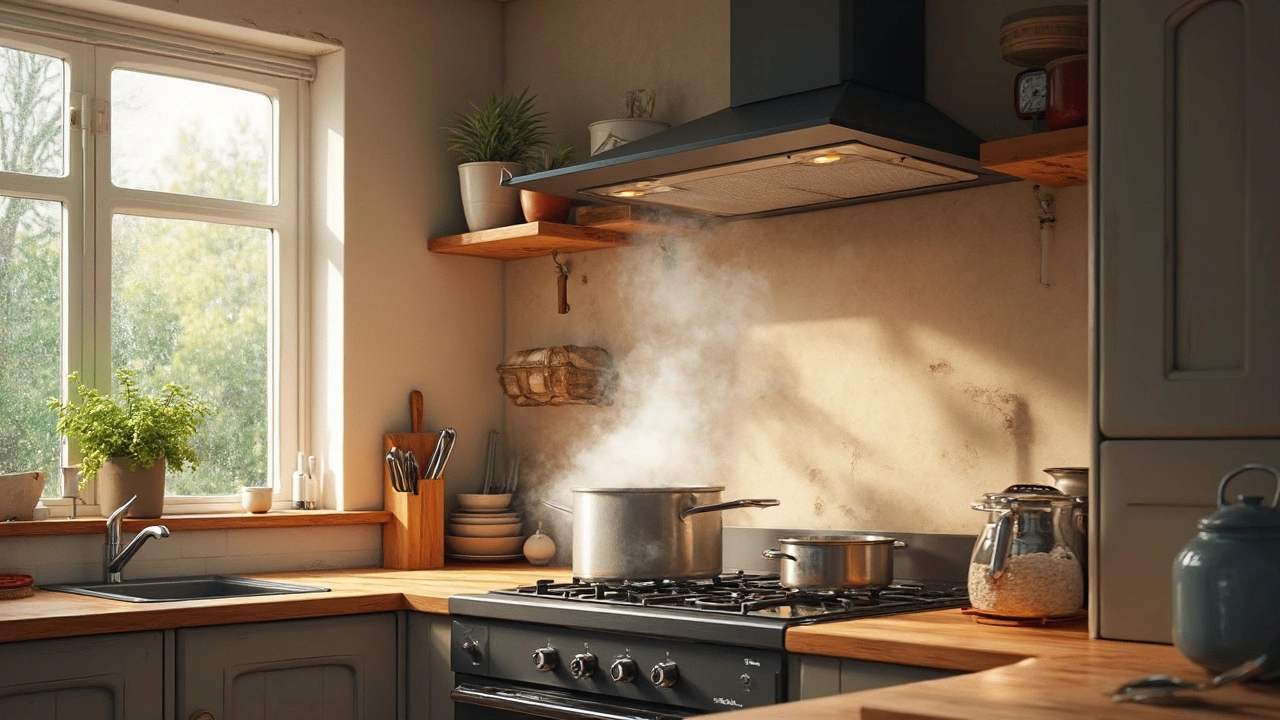Condensation Problems in Home Appliances – Spot & Fix Them Fast
Ever open your fridge and see a layer of water on the shelves? Or notice a misty film on your bathroom mirror after a shower? That’s condensation – tiny water droplets that form when warm, moist air meets a cold surface. In a house, it can sneak into appliances, cause rust, foul smells, and even make a boiler stop working.
Common Places Condensation Shows Up
Most people think condensation only belongs in the bathroom, but it loves any cold metal or glass. Here are the hot spots:
- Fridge and freezer: Door seals that are worn or a freezer set too cold traps moisture, which drips onto food and shelves.
- Boiler and radiators: If the pipe insulation is missing, steam can condense inside the pipework, leading to rust and leaks.
- Dishwasher: A blocked drain or a door that doesn’t close tightly lets humid air sit, turning into water inside the tub.
- Extractor fans: When a fan motor gets dusty, it runs hotter and creates more steam that can settle on the fan housing.
- Washing machine: Front‑loaders often have a rubber gasket that collects water if the door is left ajar.
Each of these spots creates a mini‑climate where mould and corrosion thrive. Ignoring the problem means higher energy bills and costly repairs.
Simple Steps to Stop Condensation
You don’t need a handyman for most fixes. Follow these quick actions:
- Improve ventilation: Keep a window open slightly in the kitchen and bathroom. Run your extractor fan for a few minutes after cooking or showering.
- Check seals: Look at fridge door gaskets and washing‑machine doors. If they’re cracked, replace them – it’s cheap and stops moist air from sneaking in.
- Set the right temperature: A freezer set below –18 °C or a fridge above 4 °C encourages excess frost, which melts into water.
- Clean filters: Dirty dishwasher and extractor fan filters trap water. Clean them monthly with warm, soapy water.
- Insulate pipes: Wrap any exposed boiler or hot‑water pipes with foam sleeves. This keeps steam from turning into droplets on the pipe surface.
- Leave doors ajar: After you finish a wash cycle, prop the dishwasher or washing‑machine door open for 15 minutes. This lets the humidity escape.
If you notice rust, a musty smell, or water pooling inside an appliance despite these steps, it’s time to call a pro. A qualified technician can replace a corroded part before it spreads.
Condensation is a small thing that can cause big headaches. By checking seals, keeping air moving, and cleaning filters, you protect your appliances and keep your energy bills low. Got a persistent damp spot? Grab a screwdriver, a cleaning cloth, and start with the easiest fix – you’ll be surprised how much you can solve yourself.






